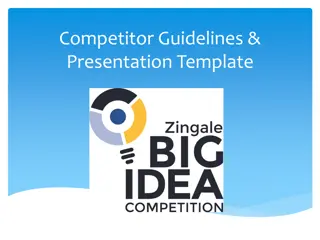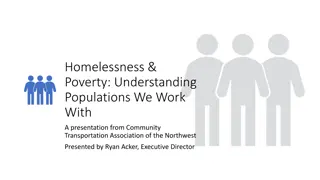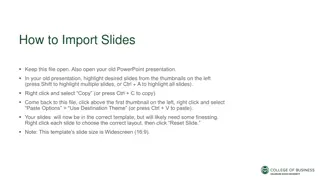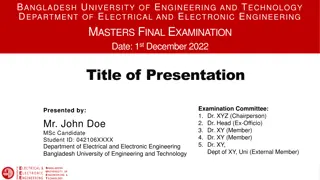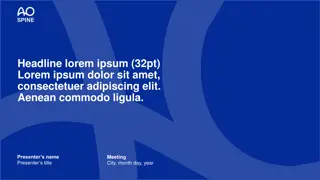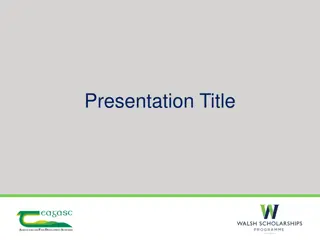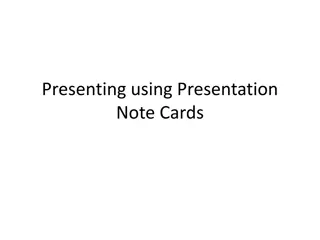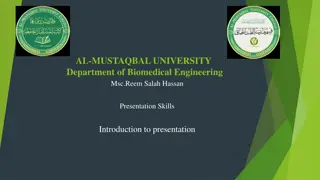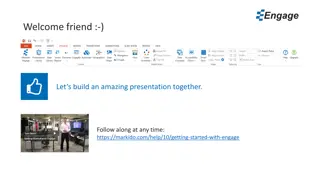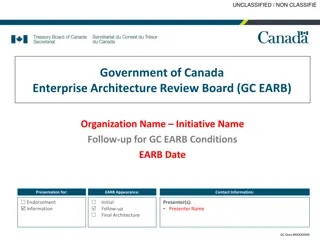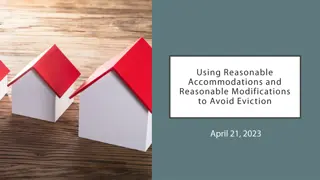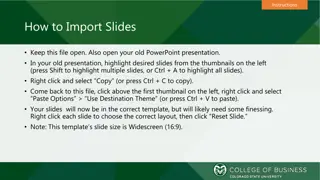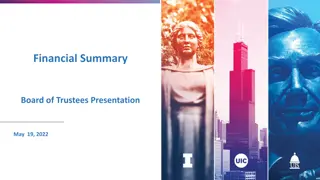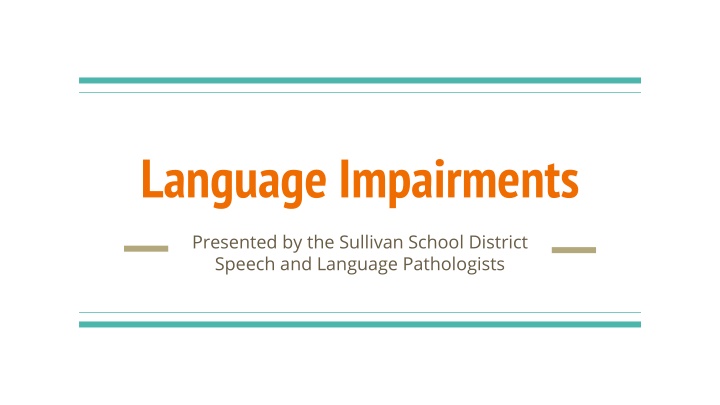
Understanding Language Impairments and Interventions
Learn about language impairments affecting communication, red flags to watch out for, interventions for support, and the referral & evaluation process. Discover how language pathologists can help individuals with language impairments.
Download Presentation

Please find below an Image/Link to download the presentation.
The content on the website is provided AS IS for your information and personal use only. It may not be sold, licensed, or shared on other websites without obtaining consent from the author. If you encounter any issues during the download, it is possible that the publisher has removed the file from their server.
You are allowed to download the files provided on this website for personal or commercial use, subject to the condition that they are used lawfully. All files are the property of their respective owners.
The content on the website is provided AS IS for your information and personal use only. It may not be sold, licensed, or shared on other websites without obtaining consent from the author.
E N D
Presentation Transcript
Language Impairments Presented by the Sullivan School District Speech and Language Pathologists
What is language? Language is an accepted, rule based, symbolic system used for communication. It is comprised of receptive language skills and expressive language skills Receptive language: auditory comprehension Expressive language: verbal output
Areas of Language Semantics: Vocabulary Syntax: Sentence structure Morphology: Word Structure Pragmatics: Social language
Language Impairment A language impairment is an interference with the ability to communicate effectively. A language impairment can affect academic performance, socialization, and behavior.
Red Flags 1. Trouble following multiple step directions 2. Limited vocabulary 3. Frequently says um and substitutes stuff and things for more precise words 4. Leaves out words in sentences 5. Grammatical errors when talking (pronouns, verb tense) 6. Uses certain phrases over and over again when talking 7. May not talk much or often 8. Responses are off topic 9. Slow to respond
Interventions 1. Provide preferential seating. Reduce auditory and visual distractions. 2. Get the student s attention before you give directions. 3. Provide organizational strategies (outlines, visual schedules). 4. Reduce background noise. 5. Present directions clearly. (concise statements, pause between steps, rephrase and repeat directions, use slower rate of speech) 6. Use visual cues. (pictures, written instructions). 7. Preteach. (Present new material prior to the lesson.) 8. Have the student restate the directions.
Referral & Evaluation Process 1. Parent or Teacher has concerns regarding a student s language skills 2. Written consent from parents is obtained for initial screening 3. Form is turned into designated staff member who will then contact the SLP 4. Screening will be conducted a. If the student passes the screening, results will be discussed and SLP will brainstorm with classroom teacher on supportive interventions to implement b. If the student fails the screening, the student will participate in individualized interventions before being referred for a formal language evaluation





